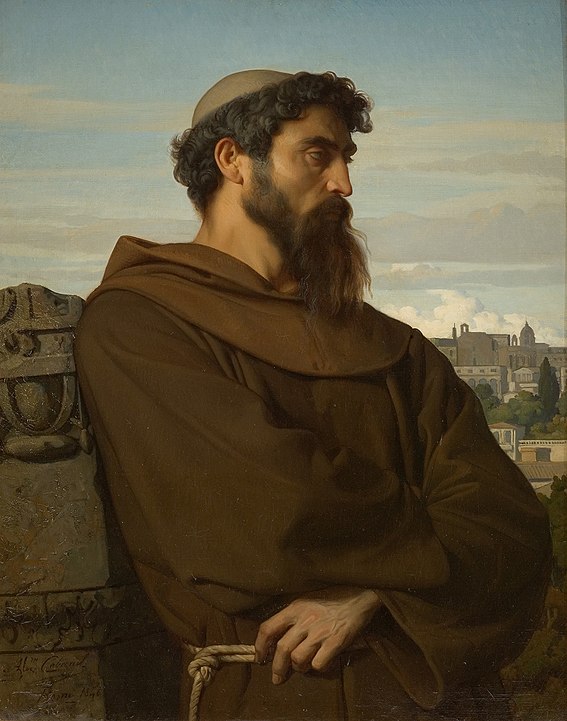Katy Carl’s debut novel is structured like a mountain path that rises steeply by switching back, at times moving closer to the peak by dropping in elevation, the better to climb again around the next bend. The ascent begins in the summer of 2010, then moves ahead to 2015 before going back as far as 2001 in order to chart the complex developments in the relationship between its two main characters, Angele and Dylan, painters, friends and more than friends, sometimes rivals, their destinies linked even as they go in very different directions. Shifting between past and present tense, and gradually breaking through her characters’ strata of reticence and shame, Carl skillfully delivers a story about the mystery of vocation, uniting a painterly, lyrical prose with a sense of composition and perspective.
Angele is a talented painter who could never quite work up the killer instinct to cash in on her formidable promise. Art helped her to break free of her poor, rural upbringing, but the milieu where her friend Dylan thrives—he the only son of wealthy, fiercely intellectual parents—requires a transactional mindset, a willingness to exploit and be exploited, with which she is ill at ease. Her former boyfriend surrounds himself with an entourage of agents, gallery owners, and PR gurus. Even before he has finished his artistic apprenticeship he dazzles with accomplished canvases that evoke the Old Masters with their technical prowess and figurative approach. Quiet, emotionally intense, and insecure (yet aware that her talent matches or even exceeds Dylan’s) Angele destroys her own work in a fit of despairing anger. Eventually she tries to put her ambitions on hold, seeking an out in a corporate job as a graphic designer in Chicago.
Her relationship with Dylan is a dance to the music of time: she loses sight of her lover-cum-nemesis only to have him reenter her life when least expected, first to disturb and seduce her, and later in need of her help. As the novel begins, Dylan is enjoying a triumph: a nude portrait he made of Angele stands at the center of his latest show, where connoisseurs and crass college students ogle her nakedness as she struggles to distinguish lingering attraction from feelings of betrayal, and to embrace the dubious honor of serving as muse to a genius. “You’re right, I should be able to separate myself from it,” Angele says of the painting to Dylan’s current love interest, with whom she also shares a past. “I can’t, and that’s a flaw.” For her, art is intensely personal; emotional ties count for more than self-promotion. This is to her credit, but it slows her rise on a scene she both longs to be a part of and regards with wariness.
Later, in a move that blindsides his family (especially his overpowering mother), Dylan resurfaces as Brother Thomas Augustine, a young would-be monk seeking refuge in a monastery from a life of glamor and debauchery. First his adoring sidekick and possibly his victim, Angele now becomes Dylan’s tender confidant as he unburdens himself to her in the cloistered darkness. And when he reveals that he has himself been victimized, the spiritual stirrings responsible for his newfound religious turn meet with crosscurrents of trauma—as well as with the forceful intervention of his mother, who cannot fathom his retreat and is set on rescuing him from those she views as captors.
Carl, who is the Editor-in-Chief of Dappled Things, “a quarterly of ideas, art and faith,” evokes both the artistic and the religious life in prose of great sensitivity. Whether describing the flicker of lights passing over the passengers in a bus as it races through an Italian night or conjuring up the sights and scents of autumn in the monastery she mixes fine detail—the precise patterns traced by a cricket as it hops along a concrete wall, for example—with touches that make her settings palpable:
The sky is as white as a blank sheet of paper… The pond is glassy except where wood ducks ripple a path through it, where lines in the shape of an expanding V shear off their feathered sides and mirror the overhead flight of geese in formation.
Like her palette, her cast of characters is varied: there is the charismatic art teacher, known as “Signora”; Dylan’s larger-than-life mother, Elaine, who combines selfishness with a maternal instinct that proves more unerring than her terroristic methods might suggest (“My son wants to hide from who he is,” she intones while sneaking around the monastery grounds. “His leaders want to hide him, obliterate him”); and Beatrice, herself a talented artist who discovers a deeper satisfaction in bolstering Dylan’s career. Carl’s main themes—especially victimization, trauma, and the work of unlearning self-blame—emerge from a plot that sees the charismatic, successful wunderkind reduced to pitiable vulnerability, while his more reserved friend gradually finds her way, managing to steer clear of the compromises necessary for art world success while also exiting her dead-end job.
The novel saves its most troubling revelations for last. These uncomfortable scenes have their counterpart in dawning awareness and glimmers of freedom. The reader is left with a panoramic view of Angele’s young life, and with each new advance up the seven-storey mountain—the narrative concludes in 2017—little and big surprises accumulate. My favorite moments could seem marginal to the book’s central story of confession, suffering, and healing. They occur when Angele is depicted among family and childhood friends, whether hoping against hope for the chance to pursue an artistic career or finding modest success while living with a supportive aunt in New Orleans. At one point Carl’s main character admits that she hates herself:
I have tried and tried to peel off my past like a worn garment, to lay it aside, slip into a new one. But it may be that no matter what I choose to wear, it will make no difference. My poverty, my earnestness, my ineradicable naiveté dwell in me on a cellular level: inhabit my flesh, slump my shoulders, cramp my hands: mark me plainly, visible to the naked eye.
In exposing the humble roots that a denizen of some cliquish gallery scene might be tempted to cover up, As Earth Without Water transcends this shame. Only from its unexpected concluding vantage point can we fully appreciate Angele’s arduous, winding climb to self-acceptance.
Trevor Cribben Merrill is the author of Minor Indignities (Wiseblood Books).




